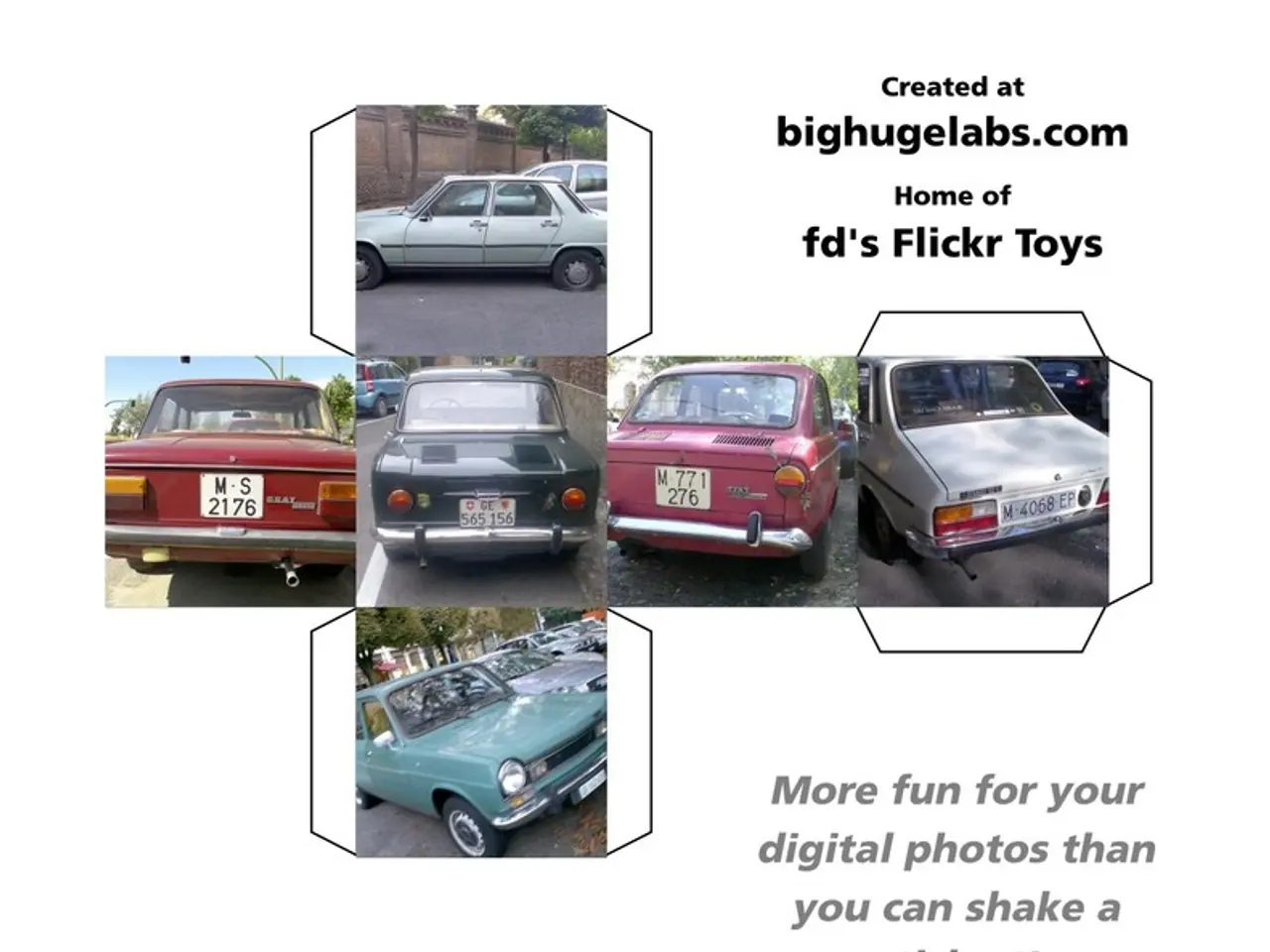Majority of Survey Respondents in UAE Favor Mobile Banking Apps (72%)
The mobile payment market in the United Arab Emirates (UAE) anticipates an annual growth rate of 8.2% through 2030, driven by expanding demand for streamlined digital and in-person services, according to a recently released survey.
The study, conducted with 24 UAE banks by Arthur D. Little (ADL), revealed that 72% of UAE respondents now prefer mobile applications as their primary banking channel, attracted by the convenience, intuitive interfaces, and personalized financial tools that these platforms offer. The UAE's mobile banking adoption rate exceeds many developed markets, where app usage averages 65%, as reported by Statista for 2024.
Despite the digital surge, physical branches remain essential for addressing complex financial needs. Approximately 35% of UAE customers still visit branches to handle services like loan applications and mortgages, valuing the trust and expertise associated with in-person interactions. High-income consumers show a nuanced preference: 70% opt for digital solutions for routine banking transactions while relying on face-to-face consultations for high-value decisions. Additionally, 43% of respondents routinely utilize self-service kiosks for cash withdrawals and account inquiries, demonstrating a preference for hybrid solutions that blend automation with human touch.
The adoption of mobile wallets is also on the rise, particularly among younger, technology-savvy middle-income groups. The UAE's mobile payment market expansion is expected to continue, as projected by a 2025 PwC report. Key drivers for this growth include advances in contactless payments and digital remittances. To accommodate this trend, banks need to strengthen both digital self-service options and mobile wallet functionalities, such as advanced kiosks for loan processing and card issuance.
Martin Rauchenwald, partner and global head of financial services at ADL, highlighted the importance of integrating advanced digital platforms with high-quality in-branch advisory to build trust and retain customers. Rauchenwald emphasized that seamless omnichannel strategies are essential to meet evolving customer expectations.
Rezwan Shafique, principal at ADL Middle East, added that investments in AI-powered personalization and digital literacy programs are vital to bridging the digital divide and enhancing user experiences across mobile apps, online portals, and branches.
The survey underscored the growing demand for "phygital" banking—blending digital efficiency with personalized human interactions. UAE banks are encouraged to adopt hybrid models, leveraging AI-driven wealth management tools and optimized remittance platforms while providing trusted in-branch consultations.
With the UAE's financial sector contributing 14.2% to the national GDP in 2024, as reported by the UAE Central Bank, these strategies are essential for banks to remain competitive within the expanding digital payment landscape.
- Data Sources:
- Fintech market expected to reach $3.56 billion by 2025 and $6.43 billion by 2030 - Source
- UAE digital payment industry projected to reach $32.07 trillion by 2033, with a CAGR of 13.59% from 2025 to 2033 - Source
- 41% digital wallet usage in 2020, increasing to 53% in 2024 - Source
- The UAE's digital payment industry, projected to reach $32.07 trillion by 2033, shows a significant growth in the finance sector, a key contributor to the national GDP.
- As technology continues to advance, the adoption of mobile wallets, particularly among younger, technology-savvy middle-income groups, is expected to rise, impacting the lifestyle and business sectors.
- To meet these evolving consumer expectations, banks are encouraged to adopt hybrid models, integrating advanced digital platforms with high-quality in-branch advisory, focusing on personalized experiences and bridging the digital divide.




